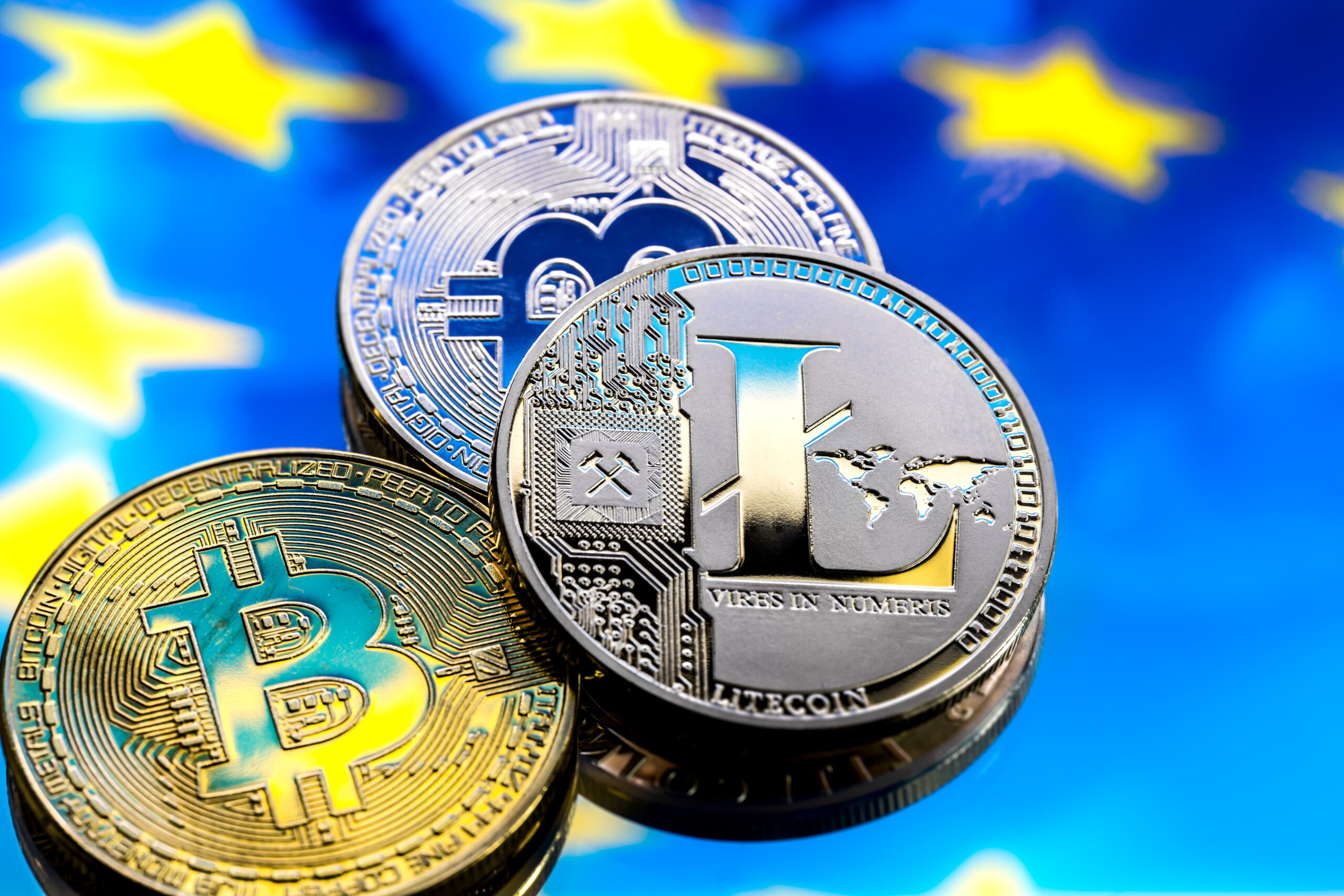What is Mica? A Simple Guide to the European Crypto Regulation
In the world of cryptocurrencies and digital assets, regulation can often seem like a complex maze. Enter MiCA — the Markets in Crypto-Assets Regulation, the European Union’s groundbreaking effort to bring clarity and harmony to the crypto industry across its member states. But what exactly is MiCA, and why does it matter? Let’s break it down in a simple, engaging way.
The Basics: What is MiCA?
MiCA is a comprehensive legal framework designed by the European Union to regulate cryptocurrencies and other digital assets like stablecoins and utility tokens. Officially adopted in 2023, it aims to create a unified set of rules for crypto businesses and investors within the EU. Think of it as a rulebook that ensures everyone plays fair, protects consumers, and fosters innovation.
Why Was MiCA Introduced?
Before MiCA, the crypto landscape in Europe was a patchwork of national rules. Each country had its own way of regulating digital assets, making it confusing for businesses and investors to navigate the market. MiCA was introduced to:
Protect Consumers: Ensure users have access to reliable information about crypto products and services.
Promote Market Integrity: Prevent scams, market manipulation, and other shady practices.
Foster Innovation: Create a level playing field where legitimate businesses can thrive.
Support Financial Stability: Especially important with the rise of stablecoins, which could impact traditional financial systems.
What Does MiCA Cover?
MiCA focuses on four main areas:
1. Crypto-Asset Issuers
If you’re launching a token or stablecoin in the EU, MiCA sets clear rules. For example, stablecoin issuers need to provide detailed whitepapers and meet stringent capital requirements to ensure they can deliver on their promises.
2. Crypto Service Providers
Companies offering services like crypto trading, custody, or exchange will need to register and meet specific operational standards. This ensures they operate transparently and securely.
3. Consumer Protections
MiCA enforces strict disclosure requirements. Before buying a token, consumers must have access to clear, honest, and standardized information to make informed decisions.
4. Supervision and Compliance
Supervision falls to national regulators, with coordination from the European Securities and Markets Authority (ESMA). This ensures consistent application of the rules across all member states.
What’s Not Covered by MiCA?
Interestingly, MiCA doesn’t cover all aspects of crypto. For example:
Decentralized Finance (DeFi): Protocols without a central entity are largely outside MiCA’s scope — for now.
Non-Fungible Tokens (NFTs): Unless NFTs function like traditional financial instruments, they’re mostly excluded from MiCA.
Central Bank Digital Currencies (CBDCs): These are regulated separately.
Why Should You Care About MiCA?
Whether you’re a crypto enthusiast, an investor, or a business owner, MiCA is set to change the game in Europe. Here’s why:
For Businesses: It’s an opportunity to operate in a transparent, regulated market, which can build trust with customers and investors.
For Investors: MiCA aims to reduce risks by requiring projects to meet high standards before entering the market.
For Innovators: Clear rules mean fewer legal grey areas, making it easier to launch and scale projects.
The Road Ahead
MiCA is a big step forward, but it’s just the beginning. As the crypto industry evolves, so too will the regulations. For now, MiCA serves as a beacon of clarity and fairness, setting the stage for a more robust and trustworthy crypto ecosystem in the EU.
